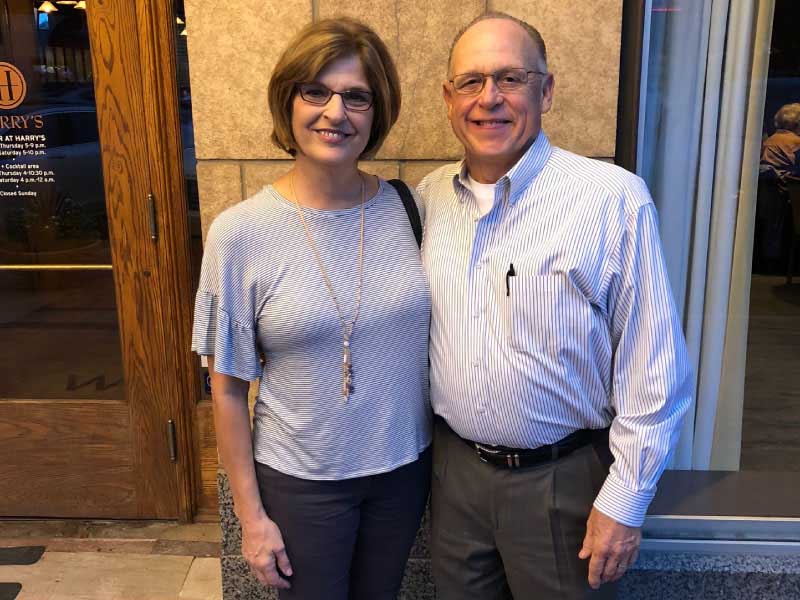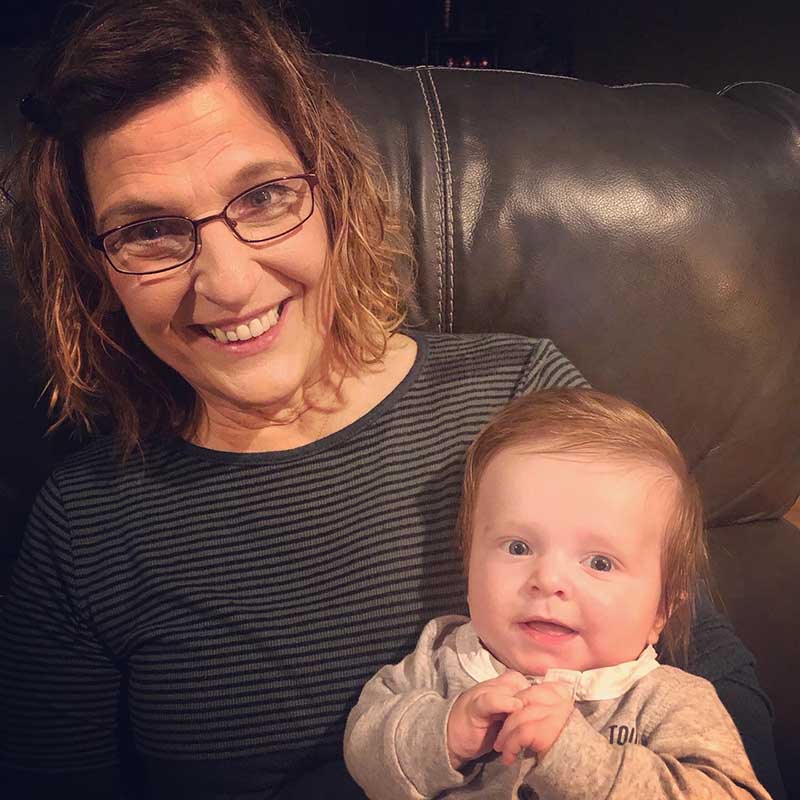She put all her heart into getting off the transplant list
By Tate Gunnerson, American Heart Association News

In the late 1990s, when she was in her 40s, Dona Koster's doctor noticed some irregularities with her heart and referred her to a cardiologist. The specialist's assessment: She had the heart of an 80-year-old.
Koster could hardly believe it. Although she knew about a family history of heart problems, she was fit, often riding her bike or taking long walks. The cardiologist said the problem likely was a remnant of a bad bout with the flu a few years earlier. He put her on medicine to lower her blood pressure and instructed her to walk 6 miles daily and get some more sleep.
Three months later, she said, "He told me that everything looked great and I didn't need to come back again."
She remained healthy until 2016, when she woke up in the middle of the night with "that proverbial elephant sitting on my chest," she said. "It's scary when you feel like you're being smothered."
Suspecting bronchitis or pneumonia, Koster ran some hot water in the bathroom and inhaled the steam. It didn't help. Afraid to lie down again, she slept upright in a chair. The next evening, the pressure in her chest returned, only worse. At daybreak, her husband, Tom, drove her to the hospital, where a doctor removed 12 pounds of fluid from around her heart.
Later that day, further testing revealed Koster had cardiomyopathy, an enlarged heart, and a condition called bundle branch block, which interferes with the electrical impulses that power the heart. The amount of blood being pumped on each beat by her left ventricle was 19%; this number, called ejection fraction, is supposed to be at least 55%.
Doctors prescribed a wearable defibrillator, a vest-like device that would shock her heart back into a normal rhythm if it detected a problem, and discussed plans to implant a pacemaker and a defibrillator.
They also said she qualified for a heart transplant.
The cardiologist told Koster she could have died in her sleep, just like her grandmother who suffered a massive heart attack. Two aunts and a cousin also died in their sleep of heart attacks.
"I sat on the couch wondering, why me?" she said. "They put me on some antidepressants that I still take."
Koster's cardiologist also prescribed cardiac rehabilitation. That's where she met nurse Marty Reed, who prescribed both interval and strength training. She also encouraged Koster to eat more fruits and vegetables and practice self-healing using relaxation and breathing techniques.
"When you're stressed, upset, angry, irritated and frustrated, it lights up the part of the brain that promotes disease and inhibits healing," Reed said. "Dona's No. 1 goal was to help her heart get stronger, and she was the perfect patient."
Indeed, the work paid off. About a year and a half later, Koster's ejection fraction had improved so much that her cardiologist removed her from the transplant waiting list.
"If I could have, I would have run and kicked up my heels," she said.
Koster, now 66, continues doing cardiac rehab, eating a healthy diet and walking 2 to 3 miles every day.

"I can walk without getting winded, and I can even run up and down stairs," she said. "I knew I had to do it if I wanted to live and I had a desire to live."
Last year, Koster joined the American Heart Association's Go Red for Women board in Manhattan, Kansas. While the COVID-19 pandemic has put a crimp in many planned activities, Koster has enjoyed meeting fellow heart disease survivors.
She advises others to listen to their bodies and to take cardiac rehab seriously.
"One lady said you're my inspiration, and that felt really good," she said. "I feel so blessed that I have another chance at life."
Stories From the Heart chronicles the inspiring journeys of heart disease and stroke survivors, caregivers and advocates.
If you have questions or comments about this story, please email [email protected].





